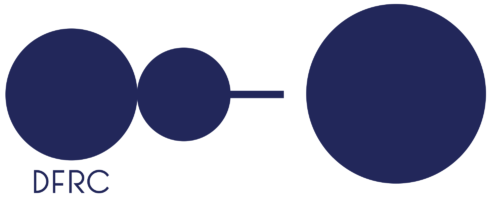How to Measure ROI on Public Events?
Public events are often free and non-ticketed. What are the main technologies available to analyse crowds in public spaces, and measure popularity and ROI?
From Education To Business Intelligence: Singapore Polytechnic Open House Crowd Analytics
From January 10 to 12, LBASense detectors were deployed at Singapore Polytechnic to offer unique insights into the crowd’s activity during Open House 2019.
LBASense nominated as one of the top innovative technologies for Cultural Heritage
LBASense showcases in Brussels at the Fair of Innovators for Cultural Heritage, as a technology provider for ROCK, an urban regeneration project.
From Theme Parks to Smart City Tourism, the Long Way of LBASense
DFRC solutions for tourism shine new thanks to the increased track record of experience with theme parks, smart cities and new outdoor systems.
Pop-Up Event Use Case – 1913 송정역시장 Beer Festival 2018
Crowd Analytics during the 1913 송정역시장 Beer Festival held on September 1st 2018 in Gwangju Korea, show the success of the event through the crowd’s activity.
Pop-Up Event Use Case – Artbox 2018
Crowd Analytics comparing different zones of Artbox 2018 in Singapore, combined with social media listening show the visitor’s interest and prefered areas.
Smart City Use Case – Seoullo 7017
Analysis of visitors’ footfall, holidays and outside temperature correlation, in 4 different parts of the Seoullo 7017 Bridge in Seoul, Korea.
Big Data and Weather: The Impact on Touristic Destinations
How can weather-related Big Data and Crowd Analytics positively impact touristic activities and its related economy?
Pop-Up Event Use Case – Urban Ventures Street Party 2017
Analysis of peak hours and real-time crowd behaviours during the Urban Ventures Street Party 2017, on October 21st 2017 in Keong Saik Road, in Singapore.
DBS Marina Regatta 2017: Singapore’s Pop-Up Beach Event Crowd Analytics
LBASense Crowd Analytics system was deployed at DBS Marina Regatta to analyse visitors’ behaviour patterns and peak hours, according to each monitored region.
